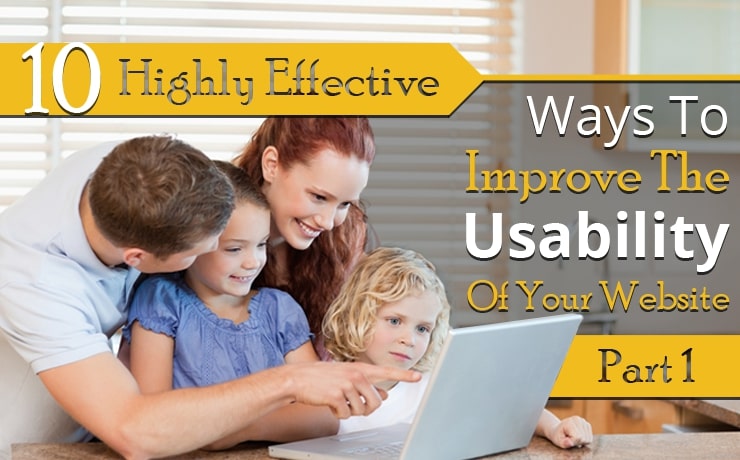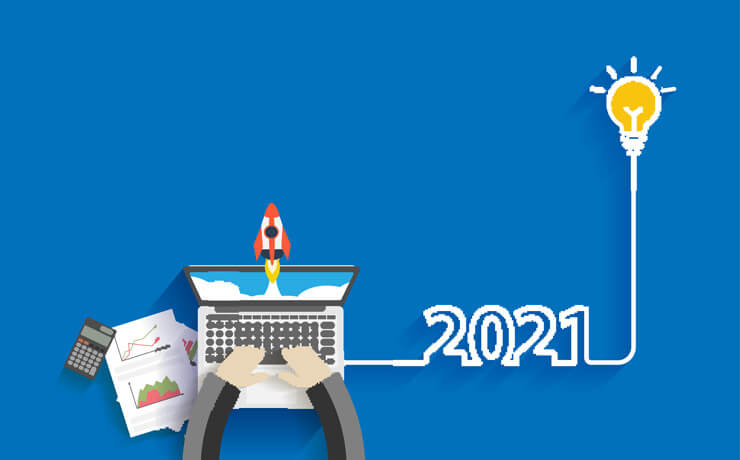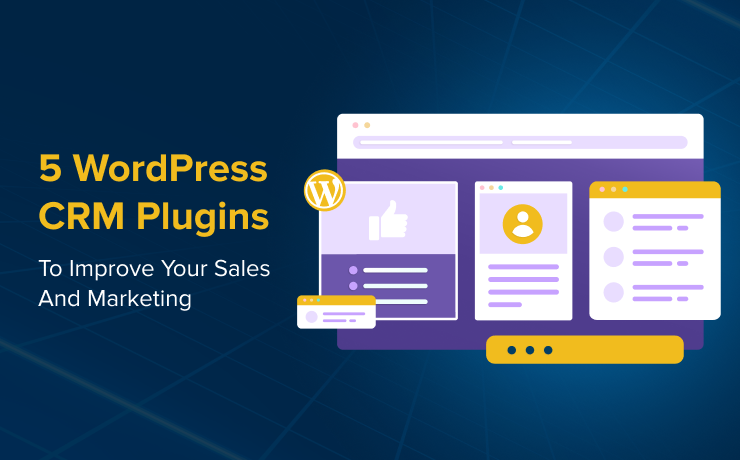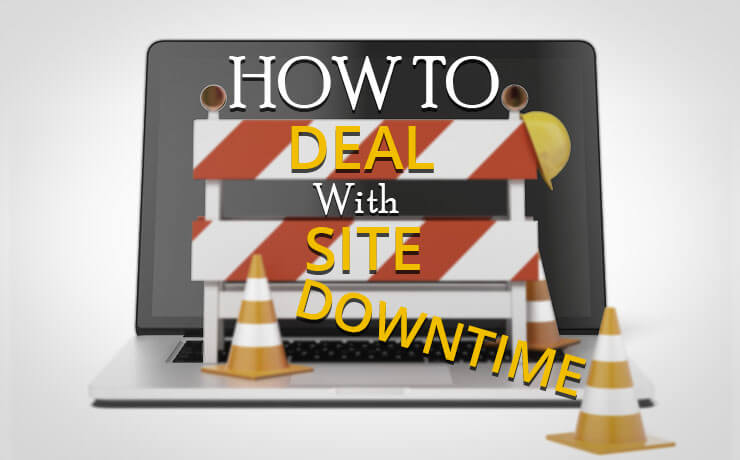10 Highly Effective Ways To Improve The Usability Of Your Website | Part One

Chad Faith
Director of Content

No matter how good your SEO and general marketing skills are, if your website is not user-friendly, you aren’t going to succeed. Too many businesses focus on marketing their websites and getting people to land on their pages, while forgetting to actually provide a good user experience when they get there. Without that, they’ll see sky-high bounce rates and non-existence conversion.
Ultimately, you need to think of your website as a product in itself. Before you start marketing and generating traffic, you need to ensure that the product is ready for the prime time. That means focusing on usability and user experience so that you take full advantage of all those eyes on your hard work. Simply put, do visitors enjoy spending time on your site and are they able to intuitively navigate to the content they’re looking for (and that you’re hoping they’ll find)?
Here are some of the top ways to make sure the answer to both those questions is a resounding ’yes’. And seeing as research suggests that visitors fail to find the content they’re looking for 60% of the time, they should all help to put you way ahead of the competition.
Reduce the Clutter
Minimalism is highly popular among web designers for a number of reasons, from the advantages regarding page-loading times, to the easy scalability for smaller devices. Moreover, too much irrelevant information can distract from the points of interest that you want your visitors to see and click. Take an ‘Occam’s Razor’ approach to your web design: if it can survive without it, then get rid of it!
A general rule of thumb among designers is ‘communicate, don’t decorate’. In other words, everything on your site should serve some kind of purpose or be removed.
Be Smart With Positioning
When it comes to placing those points of interest and calls-to-action, you need to think about where your visitors spend the most time looking. Usually this will be in the ‘F-zone’: meaning they’ll look along the top, then down the left side, and then across the page again about a third of the way down. This is where you should place the things you want people to see and click right away. Reserve the right hand side and bottom of the page for the more trivial things, or better yet leave it blank!
Make Buttons Big and Clickable
Text links are becoming increasingly unhelpful in a world where more and more devices come with a touch screen. Not only that, but buttons are great at jumping out off the page and telling you they want to be clicked.
Increase Legibility
This should be a no-brainer, but it’s also something that’s often overlooked. Make sure that the style, size and colors of your fonts are chosen for maximum legibility. You want them to look stylish as well, but making them readable should be your priority. (Here’s a little more on readability and legibility as it relates to typefaces.)
Consider as well that 8% of men are color blind; keep this in mind when choosing the best colors for contrast as not everyone will see them the way you do.
Use Headers
For the content itself, you should always use content to break up text. Large bodies of text are not only daunting for visitors but they also make it difficult for them to quickly extract the relevant information that they’re looking for. Use headers to break up the text and to make your content more conducive to speed reading and rapid decision making.
So, here are five initial ways to greatly improve the usability of your website. Come back for part two where we’ll look at another post that will go even deeper and build on these to make your site even more user-friendly.
 Free
Consultation
Free
Consultation Free
Google Ads Audit
Free
Google Ads Audit







